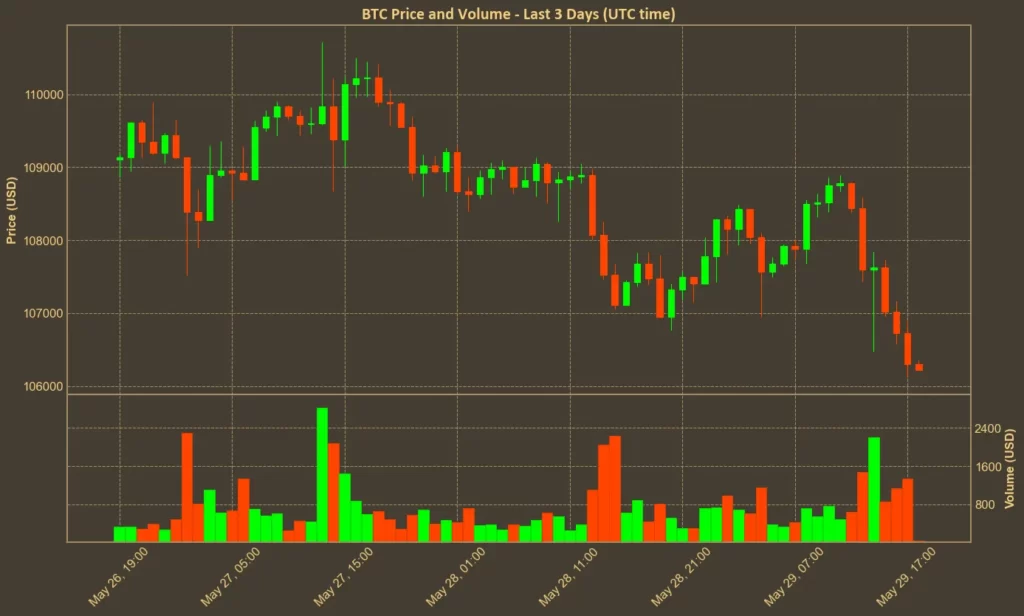A United States trade court has blocked the majority of global tariffs imposed by President Donald Trump, calling them unlawful under the emergency powers used to justify them. The ruling, issued by the Court of International Trade in New York, states that Trump exceeded his legal authority when he invoked the International Emergency Economic Powers Act (IEEPA) to implement sweeping trade measures against major partners, including China, Canada, and Mexico.
The decision is one of the most significant legal setbacks for Trump’s economic policy during his second term in office. The ruling immediately prohibits enforcement of the affected tariffs and gives the administration ten days to comply, although an appeal has already been filed. The case could eventually reach the U.S. Supreme Court.
Table of Contents
Court Rejects Use of Emergency Powers
The three-judge panel unanimously ruled that the president’s justification under the IEEPA did not meet the legal requirements. According to the panel, the law does not allow the president to impose tariffs in response to general trade deficits or to pressure countries into renegotiating trade terms. Instead, it is limited to regulating financial transactions during national emergencies.
The court found that Trump’s executive orders, including the widely discussed “Liberation Day” tariffs, violated the separation of powers by bypassing Congressional authority over trade policy. Tariffs based on concerns over drug trafficking and trade imbalances were also rejected by the court as inappropriate uses of emergency powers.
The blocked measures include the flat 10% global tariff as well as higher duties on countries that failed to reach trade deals with the U.S. Tariffs still in place under other authorities, such as Section 232 (related to national security) and Section 301 (focused on unfair trade practices), remain unaffected.
Market Reactions
Following the ruling, U.S. stock index futures rose. The Nasdaq 100 futures gained over 2%, while the dollar strengthened and the Japanese yen declined. The positive sentiment in equities reflected expectations of reduced trade tensions.
In contrast, the reaction in cryptocurrency markets was mixed. Bitcoin, which reached an all-time high of $111,980 a few days ago, has since fallen below $107,000.

Ethereum showed similar behavior, with prices hovering near $2700. However, on-chain data indicates ongoing accumulation by large holders, suggesting that investors remain confident in crypto’s long-term outlook.
Read also: Ethereum Surges Toward $2700 – But Warning Signs Appear
Appeal and Legal Uncertainty
The Trump administration has appealed the decision and signaled it may request an emergency suspension of the ruling. Officials have also indicated a willingness to seek Supreme Court intervention if necessary.
The administration argues that persistent trade deficits and drug trafficking justify emergency action. However, the court stated that these issues, while serious, do not meet the legal standard required to invoke the IEEPA for tariff implementation.
Legal analysts suggest that Trump could pursue alternative pathways to reintroduce tariffs. Two commonly cited options are Section 301 and Section 232, which would allow for sector-specific trade measures following formal investigations. A third option under Section 122 of the Trade Act of 1974 offers a faster route, allowing for temporary tariffs of up to 15% for a 150-day period.
What’s Next?
The ruling has added a new layer of uncertainty for cryptocurrency markets. While reduced trade tensions could support investor sentiment, the stronger dollar following the court decision has lowered demand for risk assets like Bitcoin.
The muted crypto response might also be related to expectations of continued legal disputes. With the administration actively seeking to reinstate the tariffs through other means, market participants appear to be waiting for clearer signals.
At the same time, the potential for reduced inflationary pressure – if tariffs are permanently blocked – could influence future monetary policy. A less restrictive trade environment might support arguments for lowering interest rates, which has previously benefited crypto assets.
For now, investors across asset classes – including crypto – are watching for the next legal developments, policy announcements, and market signals as the U.S. government considers its options.
Read also: Major Companies Are Betting Big on Crypto Treasuries




